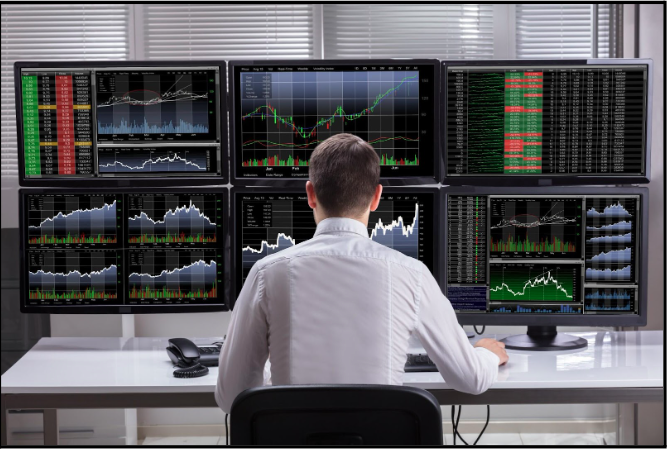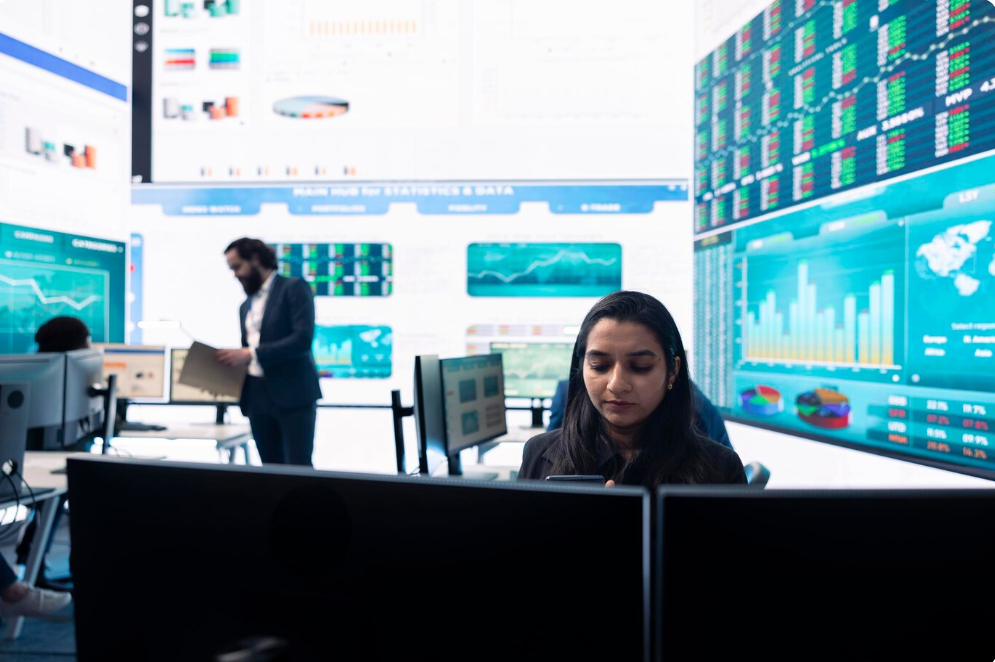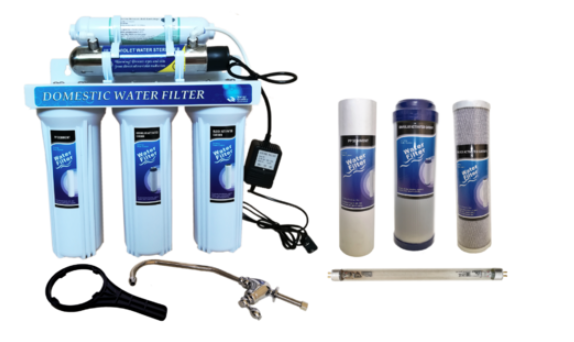Choosing the Right 3D Printing Technology for Cost and Yield
In the recent years, there has been an astronomical rise in the demand for the best 3D printing technology out there in the market, mainly among engineers, designers, and small enterprises. The push factors include faster prototyping, money saved on material, and tailored production. However, not all of the printing solutions suit all project designs or budgets. It is vital to get the appropriate balance of investment cost and quality output before making the final decision.
- The Role of Project Goals in Your Decision: It’s a sound idea to have in mind generally what you’re looking to make with your 3D printer before you spend cash on any technology. An industrial components company will require something completely different from a decorative objects company. Your output preference—functional, visual, or both—should guide all of your evaluation because it dictates what kind of material, speed, and precision you’ll need.
- Cost vs. Quality: The Core Trade-off: One of the biggest challenges in having a comparison among 3D printing solutions is balancing cost and print quality. Printers that can produce high-resolution prints with great detail are expensive. If you’re only printing prototypes and not products, then even low-resolution prints would be enough and you could take a cut on the machine price without losing on functionality.
- Assessing the Array of Available Technologies: There are a range of printing technologies available. Various ones have various purposes. FDM is popular because it is inexpensive and easy to run, whereas SLA is more precise but generally more expensive. SLS is capable of producing at an industrial standard but might not be feasible for a small startup or freelance business. Choosing the correct one is a function of both your current undertaking and future possible growth.
- Print Speed and Workflow Efficiency are Crucial: Production speed is another most significant factor when making comparisons. Particular printers print parts quickly but with rougher surfaces, while others are slower but give smoother finishes. If your company is volume-heavy, slow printers will affect deadlines and indirectly increase expenses. Faster isn’t always better, yet consistent output time can better control client expectations and workflows.
- Maintenance and Operational Expenses: Purchase initial cost is just the half of it. With time, repair, replacement of consumables, and maintenance can accumulate, making an inexpensive printer expensive. A few appliances have to be recalibrated from time to time or consist of specialized parts, which can only be replaced by the production firm. Considering these factors while finalizing, one can escape surprise expenses in the future.
- Support, Documentation, and Community Access: Most significant to new users, the availability of tutorials, support forums, and sufficient documentation can make a huge impact on the learning curve. More widely used printers have a greater number of users who will willingly offer advice, patches, and model files. Providing this can help save time and money while troubleshooting or experimenting with new methods of creating new prints.
- Durability and Long-Term Use Planning: Taking into consideration the longevity or the life of the technology. There are printers that are designed to be worked on diligently and utilized for many years with little issue, while others will lose their capabilities sooner. One astute move is to consider the quality of construction and see if spare parts are available in the event you require maintenance. This ensures the machine remains operational and busy as your business expands.
- Scaling for Future Production Requirements: If you’re considering expanding your business or expanding your product line, get a printer that will grow with you. That could be selecting a model with upgrade possibilities or a model that sits within a line of printers. Based on the company, beginning with a mid-range printer and reinvesting profits in higher-end 3D Solutions as you grow might be best for maximum flexibility at minimum sacrifice of cash flow.
- Prototyping vs. Final Product Delivery: Not all printers can print end-use parts. If you only have to prototype, cost-saving measures are all you need. But if you’re going to sell or distribute end products, you will have to make print quality, material hardness, and reliability top priorities. This specificity narrows down choices based on ultimate requirements and customer satisfaction needs.
- Trial Runs and Sample Testing Options: If possible, try to test the printer or at least review sample prints before you make a purchase. This gives you real-world evidence of how the printer handles on some shapes, sizes, and materials. A few resellers will allow you to upload a file and obtain a printed sample. This form of testing is highly important when choosing a printer that is capable of meeting your quality standards.
- Regional Stocking and Import Duties: It is also a good idea to think about whether the printer is regionally available or needs to be imported. Concealed expenses such as shipping, import duties, and overseas repairs can greatly enhance the overall price factor. Choosing a model with a regional distributor will make repair calls and replacement of parts far quicker and cheaper in the long term.
- A Decision Based on All Aspects: Your own individual needs are best served by the choice that best serves them. It is possible to become caught up in shiny features or a new innovation, but an objective consideration of performance, price, simplicity of use, material selection, and maintenance requirements will give a sensible answer. Set out a list of your considerations and compare each solution against them for a rational decision.
- The Balance Between Investment and Innovation: In the rapidly changing 3D printing age today, it’s a matter of spending versus remaining innovative. Spending a bit extra at certain times can pay dividends down the line in the form of greater productivity, less waste, and better client satisfaction. By contrast, overspending without direction or output strategy could soon translate to cost overruns with no gain in sight.
Conclusion
The proper 3D printer is not an expenditure. It’s a deliberate choice that affects your work of art, your productivity, and your bottom line. From idea to production to product design, your success depends on the extent to which your equipment enables your objectives. With 3D architectural visualization becoming more integral to contemporary development pipelines, using the proper printing technology sees your ideas come into being with accuracy, value, and efficiency.













